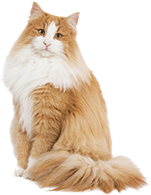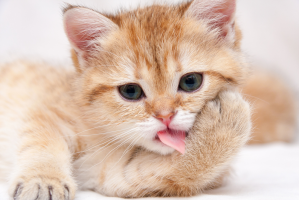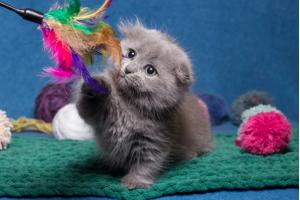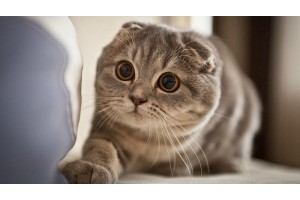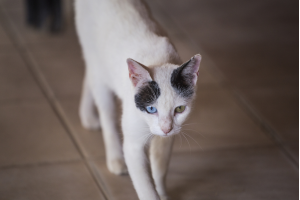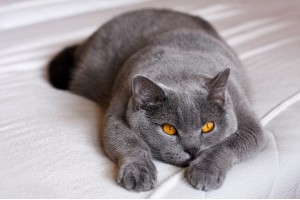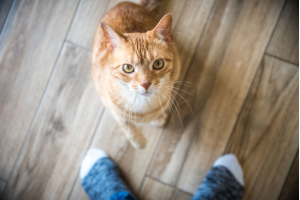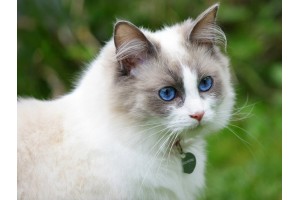Choosing The Ideal Bowl For Your Cat
Many owners find themselves choosing plastic bowls simply because these are inexpensive and readily available in a wide array of vibrant colors and stylish designs. But is plastic really the best choice for your feline?
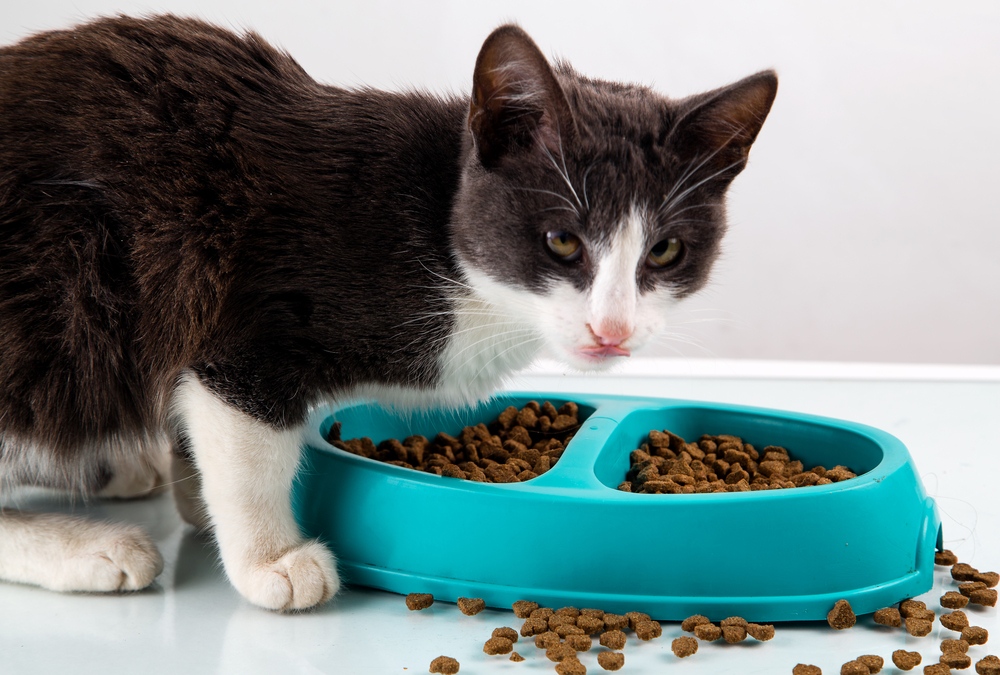
While this may seem like a minor consideration, the bowl actually matters just as much as the kind of food you feed your cat. In fact, shopping for pet bowls is serious business that goes wayyyyyy beyond picking the cutest pattern or settling for the largest size.
KITTY-FRIENDLY MATERIALS
From colorful plastic bowls to durable stainless steel ones, let’s jump straight to Cat Bowl 101.
Plastic
“Vibrant and durable - but perhaps not so practical for our little ones.”
 Kitty claws and teeth tend to leave small scratches on plastic bowls and these can become breeding grounds for bacterial growth. Even with regular cleaning, bacteria build-ups can sometimes cause a skin condition known as feline acne to occur in cats that have developed an allergic reaction to the plastic material. Just to err on the side of caution (especially if you’re not keen on constantly replacing your plastic bowls), we recommend more durable alternatives like stainless steel or ceramic bowls instead.
Kitty claws and teeth tend to leave small scratches on plastic bowls and these can become breeding grounds for bacterial growth. Even with regular cleaning, bacteria build-ups can sometimes cause a skin condition known as feline acne to occur in cats that have developed an allergic reaction to the plastic material. Just to err on the side of caution (especially if you’re not keen on constantly replacing your plastic bowls), we recommend more durable alternatives like stainless steel or ceramic bowls instead.
But should you prefer plastic bowls, please try to ensure that:
- They come from a reputable, reliable and ethical brand.
-The bowls are carefully washed after every meal.
Stainless Steel
“Long-lasting and virtually unbreakable - perfect for unleashing their inner hunter at mealtimes.”

Dishwasher-safe and oh-so-easy to clean, stainless steel bowls definitely take the top spot when it comes to your feline-friendly dining collection. Sturdy, durable and often chic in appearance, each bowl will faithfully last your kitty for a good long while. Unlike plastic bowls, these dishes are very resistant to bacterial build-up and can stand up to very high temperatures. Many stainless steel bowls also feature a non-skid rubber base for the purrfect dining experience.
Note: We recommend these bowls for more docile and non-active pets due to their lightweight nature.
If you’re worried about metal bowls being too ‘plain’ or ‘boring’ for your liking, just check out these funky designs:
- Hing The Fish Bowl (Blue)
- Catit 2-in-1 Dish (Animal Style)
- Loving Pets Bella Bowl (Designer Argyle Pink)
Ceramic
“Nice and heavy - they can’t be toppled easily.”

For owners that are drawn to aesthetics in everyday objects, you might find it hard to resist the visual beauty of ceramic bowls. These bowls are sturdy and resistant to high heat, but may break when handled with clumsiness (usually by us). Unlike their stainless steel counterparts, ceramic bowls are less likely to topple due to their heavier weight - which makes them ideal for households with active and robust pets. The non-porous nature of these bowls also means the absence of lingering odors which could have potentially turned your cat off his food.
And while we’re still on the topic of ceramic bowls, here’s a sneak peek at one of my personal favorites:
- Nyanta Club Easy Eat Ceramic Cat Dish
CAT-APPROVED DESIGN
When it comes to shopping for your cat’s dining bowls, we urge you to consider their design too - because even that matters to your little ones.
Height Does Matter
An elevated bowl enables your cat to eat in a more natural and comfortable position by reducing stress on his neck and back to improve overall digestion. Ideally, the rim of the elevated food bowl should be even with your cat’s chest.

This also makes eating more comfortable for aging and arthritic cats.
Shallow & Wide

Cats also prefer bowls that are shallow and wide as some may experience discomfort from having their sensitive whiskers constantly touch the sides while trying to eat or drink out of a small bowl. They may also feel uncomfortable with a deep bowl if it prevents them from surveying their environment while eating.
Non-Skid Bottom

No one appreciates eating from a bowl that keeps sliding away, so do your cat (and yourself) a favor and invest in a bowl with a non-skid bottom for stress-free mealtimes that also protect your floor from messy eaters.
Ultimately, no matter what kind of bowl you end up choosing for your kitty, it should be cleaned thoroughly (preferably on a daily basis) to prevent bacteria build-up. Even with stainless steel and ceramic bowls, constant neglect can still cause bacteria-laden slime to form at the bottom of the dining bowl.

With all that said, we hope you’ve learnt something new today! :D

